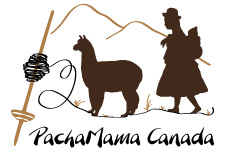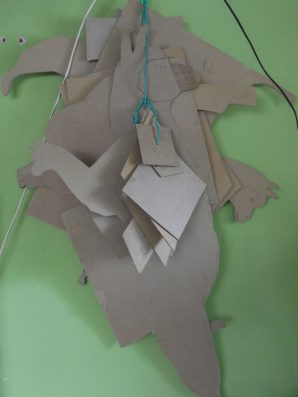FURRIER CRAFT
We are proud to let Jesus and his colleagues demonstrate some of the many stages in the crafting of their alpaca fur products*.
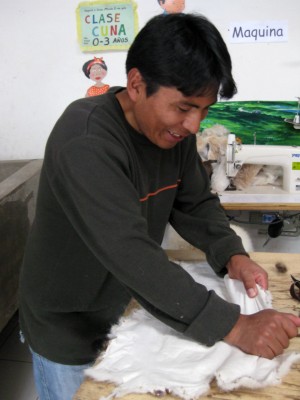
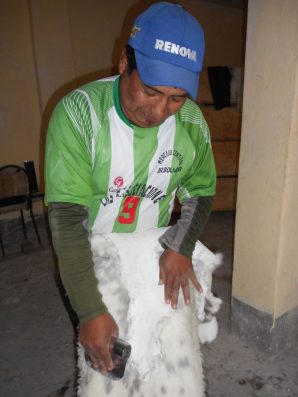 PREPARATION
PREPARATION
Following tanning and cleaning, the hides need to be stretched in order to soften them and to obtain a smooth working surface.
PATTERN CREATION
Jesus has become a true master in the art of creating his own patterns. He is proud to say his models are unique!
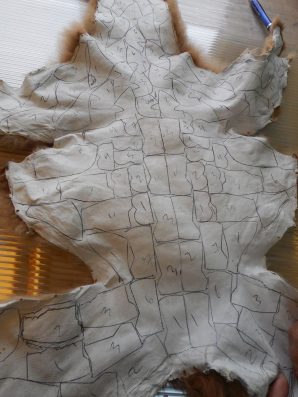
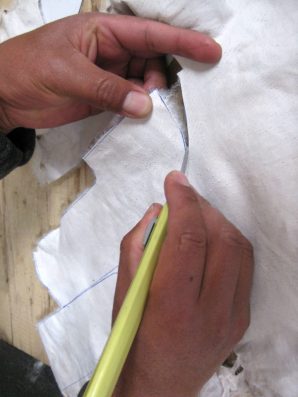
TRACING AND CUTTING
Using the patterns, all the parts that make up the products to be made are drawn on the hides and then numbered.
The layout of each part has been optimized to recover as much material as possible. In addition, the scraps are sewn together to form other parts.
Parts are cut out using a sharp knife.
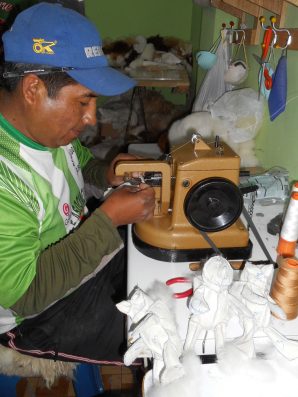
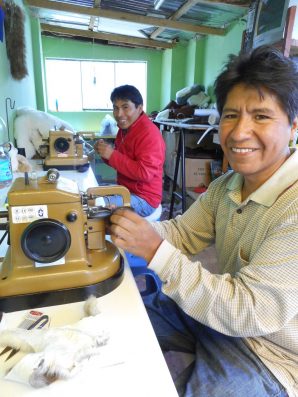
ASSEMBLY AND SEWING
The parts are sewn together by machine.
This work requires good manual dexterity since the shapes are rarely straight and many pieces are quite small.
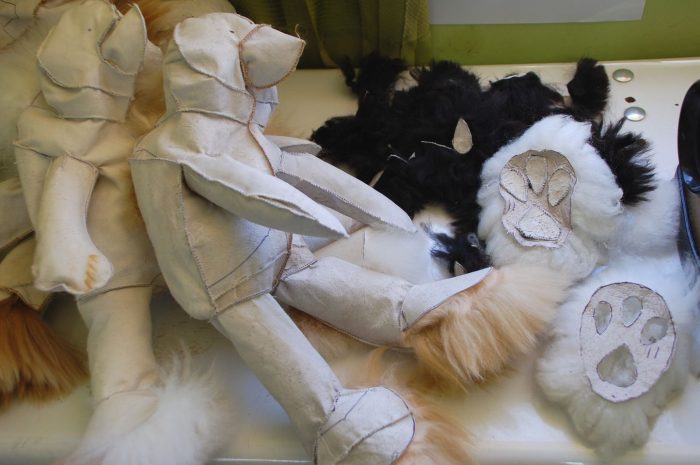
–
Looking at the finished product, it is difficult to imagine the number of pieces that were needed to make it! For example, teddy bears need up to 28 pieces while slippers use 11.
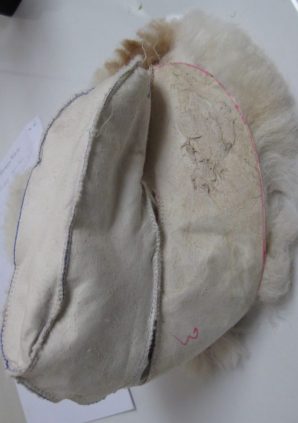
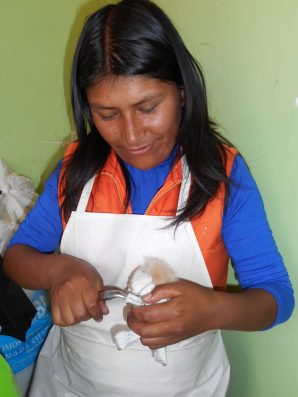
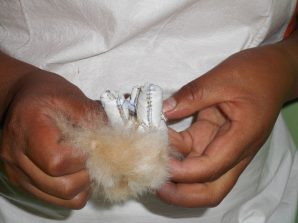 REVERSING
REVERSING
Products are sewn inside out, i.e. skin on the outside. Almost all of the product is sewn except for a small opening which permits the finished product to be reversed back to fur side out. This stage is quite lengthy; the smaller the product, the more fastidious the work. It is all done by hand but often requires the help of pliers.
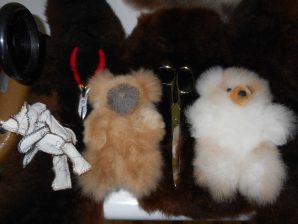
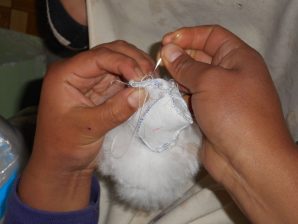
FINISHING STAGES
Finishing involves multiple steps and accounts for almost half the total working time.
The toys need to be stuffed (polyester; new material only).
The opening used to pull the fur back to the outside is now sewn shut by hand.
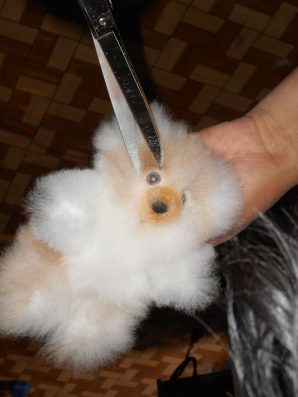
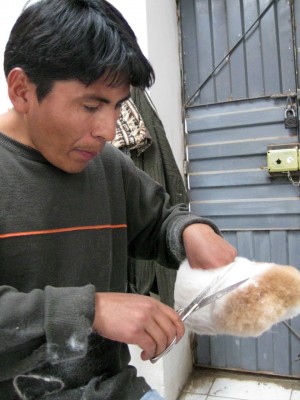
The vast majority of the finished products need to also visit the hairdresser! Using good scissors and a skilled hand, our master furriers perform a finishing cut on the products to give them a nice, neat appearance.
Thank you to our talented artisans!
*ANIMAL-FRIENDLY FUR
No animal was killed for the purpose of obtaining its hide
Alpacas in Peru are raised in a wild setting in the high Andes. They are raised first and foremost for their magnificent wool fiber that is sheared annually. Alpaca fiber is a renewable resource that serves to create warm and natural knitwear and weavings.
The animals are also raised for human consumption of their meat. The alpaca represents a fundamental source of food for communities that breed camelids. The majority of alpaca breeders inhabit high altitude regions where the soil is infertile for growing vegetables. The only food they can produce is the meat from their animals. Forty to sixty percent of crias (baby alpacas) die of natural causes due to the extremely harsh climate at high altitude. Alpaca meat is a vital source of sustenance and the wool fiber is used for the creation of handicrafts. Utilizing alpaca wool is a very effective means of reclaiming a by-product.
We ensure that all fur products we sell are made from hides that come from the Peruvian food market.
